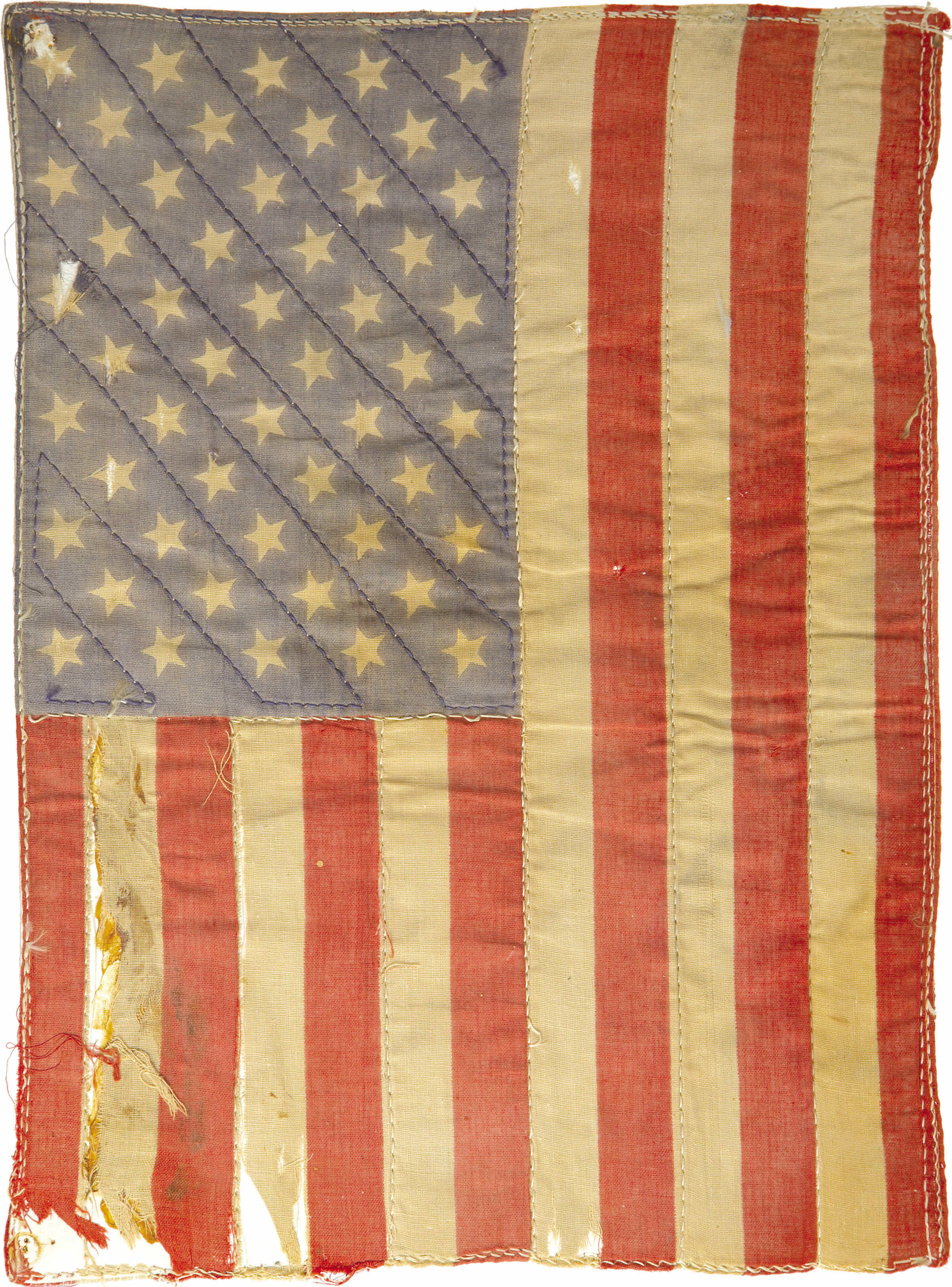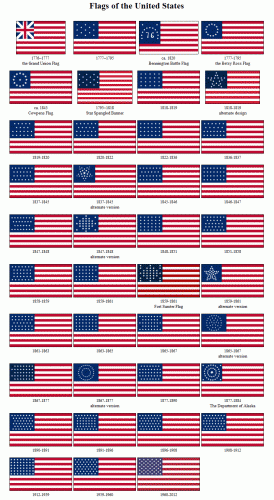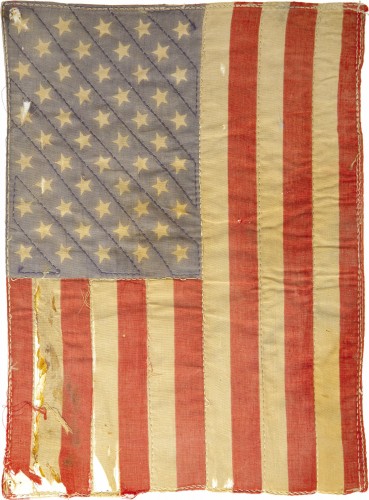
My father is a potter, and his job includes all sorts of dangers to the lungs, such as dust from dry clay, mist from spraying glazes, and fumes from firing pots. His words of wisdom for dealing with all this safely are “breathe nothing but air.” Putting these simple words into practice can be a bit more complicated, however.
Proper ventilation is a must when working in almost every aspect of prop-making: wood-working, welding, molding and casting, painting, etc. You can (and should) supplement it with more specific safety measures, such as respirators and dust collection systems, when necessary, but overall ventilation is still the backbone of any healthy prop shop. Without ventilation, you will be putting other workers and visitors to your shop at risk. Also, many harmful particles remain in the air for a long period of time, well after you’ve completed your task and removed your respirator.
It’s helpful to know the different kinds of harmful substances that may enter your lungs, as this will determine what kind of protection you need. I learned about the various physical forms a chemical can take while working at the Santa Fe Opera, which has a great safety training program:
Solid, liquid, fume, dust, mist, gas, vapor.
I would hope you know what a solid and a liquid are; the other forms may require some explanation. It is important to know the difference between them because they determine what kind of protection you need to keep them out of your lungs. Wearing a dust mask to protect against vapors, such as those found in spray paint, is not only useless, but can even be more harmful than wearing nothing. Why? When wearing any kind of mask or respirator, your lungs need to work harder to pull in enough air to breathe, so wearing the wrong kind of mask will make your lungs suck in more spray paint than when your breathing rate is lower.
When a solid is heated to its melting point, it may release a fume, which is a solid particle suspended in the air. Welding and soldering are common practices which create fumes.
Sanding, grinding and even just handling powders can create dust. Like fumes, these are solid particles floating in the air. Though most dust is trapped by your nose hairs, some dust is so fine it can make it all the way to your lungs; these are known as “respirable” dusts, and are the most harmful. Some are so fine they are invisible.
Tiny liquid droplets in the air are known as a mist. You can create mists from spraying liquid, or from boiling it. Some mists may even carry solid particles inside.
A gas is the third phase of matter, after solid and liquid. Normally, when we talk about what form a certain material comes in, we talk about what phase it is at room temperature. Common gases used in the props shop can include argon and carbon dioxide for welding, and acetylene and propane for torches.
When a liquid evaporates, it becomes a vapor (notice how “vapor” appears in the word “evaporate”). Evaporation can be sped up by heat. Vapors are molecules just like gases, and the only real difference between the two are that vapors can re-condense to a liquid or solid in a high enough concentration.
You’ll notice the first three forms–fume, dust and mist–are all particles of some sort. You can filter particles with a physical barrier, such as those found in NIOSH-approved disposable respirators (sometimes referred to as “dust masks”).
Gases and vapors are molecules and cannot be physically filtered. A barrier which keeps molecules of harmful gas from passing through will also keep molecules of oxygen from passing through, and you kind of need oxygen to live. In these cases, you need a respirator with a chemical cartridge. A chemical cartridge will either capture and hold the harmful molecules or chemically react to transform them into something less harmful. One of the earliest substances to be used in this manner is activated charcoal, which is still relied upon for filtering many kinds of chemicals. Your Brita filter uses activated charcoal to filter your tap water.
There is no single type of chemical respirator cartridge which will filter out every kind of gas or vapor found in prop making. It is absolutely vital that you know and understand what kinds of chemicals you are working with and what physical forms they are in so you can choose the correct type of respirator and cartridge to wear. As with particles, wearing a respirator makes your lungs take bigger and deeper breaths to compensate for the reduced flow of oxygen; wearing the wrong kind of respirator means you are taking bigger and deeper breaths of a toxic substance than you would wearing nothing. Some chemicals cannot be filtered by any type of cartridge and require either a supplied-air or self-contained breathing apparatus.
In any case, proper ventilation in your shop is still your best defense against airborne chemicals.



